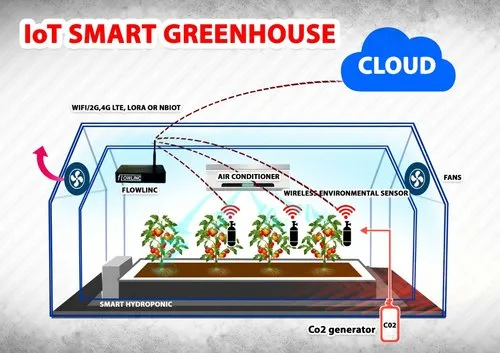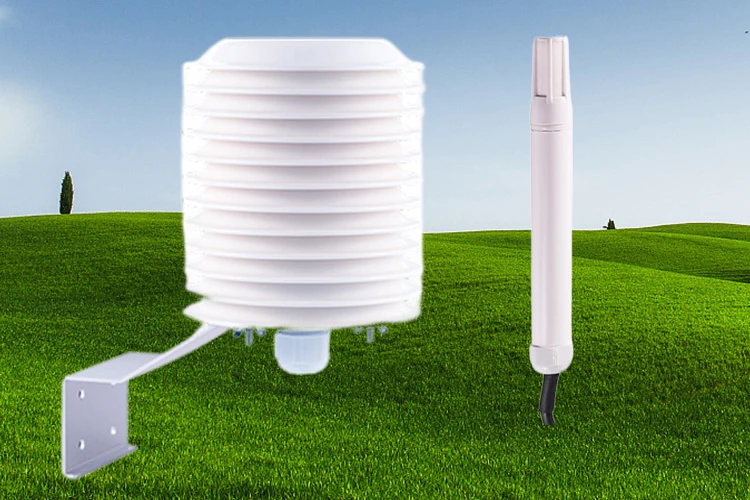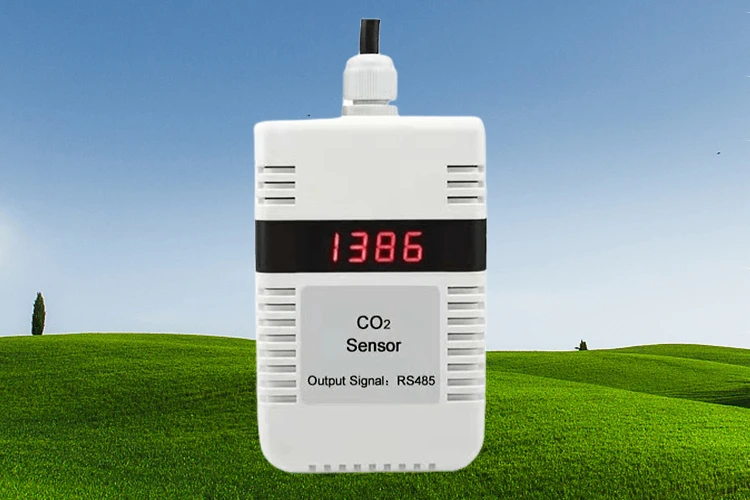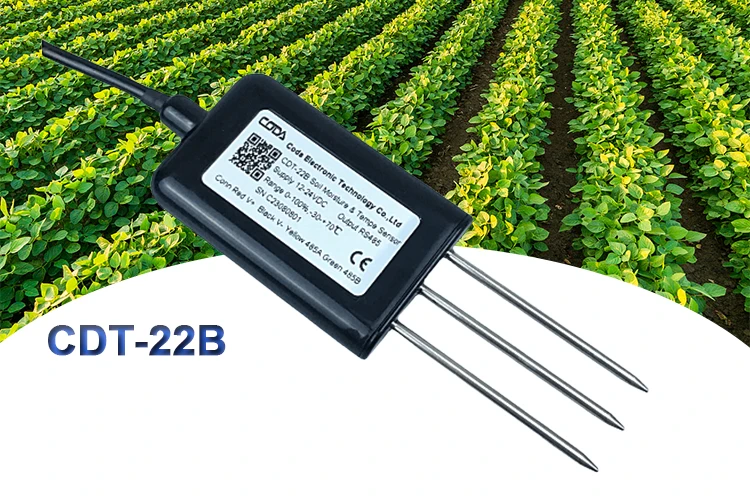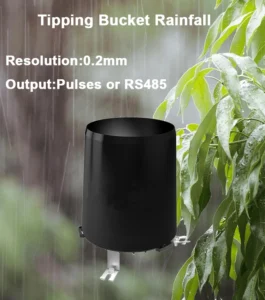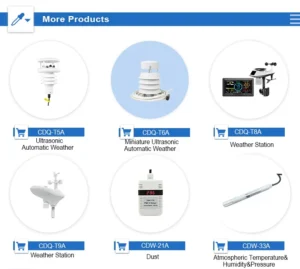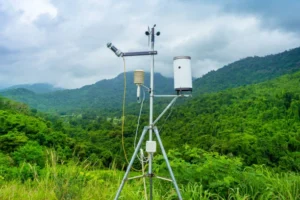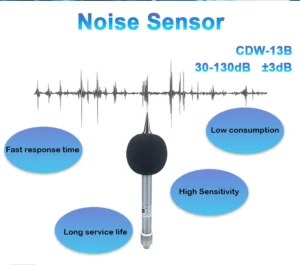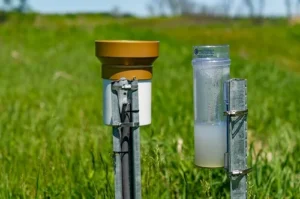best sensors for greenhouse monitoring
In modern greenhouse cultivation, sensors play a pivotal role in ensuring optimal growing conditions for plants. Engineers create these advanced devices to track different environmental factors. They provide important data that helps greenhouse managers make smart choices and act quickly.
Temperature Sensors
Temperature sensors are key parts of greenhouse remote monitoring systems. They detect changes in electrical resistance or voltage when temperatures change. By measuring the temperature inside the greenhouse, these sensors help create the best climate for plant growth.
Different plants need specific temperatures to grow, germinate, and flower. For example, a tomato plant grows best in temperatures of 20 to 25°C during the day and 15 to 20°C at night.
If the temperature goes too high or too low, plants may not grow well. They might produce fewer fruits or get hurt. Temperature sensors check the greenhouse temperature.
If the temperature goes too high or too low, the system sounds an alarm. This alarm tells the manager to change the heating or cooling system.
Humidity Sensors
Humidity sensors are important for measuring moisture in the air inside the greenhouse. They detect changes in electrical capacitance or resistance as humidity levels change. Maintaining the right humidity is crucial. It impacts transpiration.
This is the process where plants take in water through their roots and release it into the air through their leaves. High humidity can help fungal diseases grow, like powdery mildew and botrytis. Low humidity can lead to wilting and less photosynthesis.
Most greenhouse plants grow well in humidity levels of 60 to 80%. Humidity sensors provide real-time data on these levels. This helps the manager control ventilation, misting systems, and humidifiers. They can maintain the humidity in the best range.
Light Sensors
Light sensors, also called photoresistors or photosensors, measure how bright the light is in the greenhouse. They work by changing their electrical resistance based on the amount of light that hits them.
Light is a main energy source for photosynthesis. Different plants need different amounts of light. Some plants, like lettuce, grow well in low light. Others, like peppers, need bright light to grow best.
Light sensors help greenhouse managers see if natural light is enough. If not, they can add extra lighting.
You can also use them to control the timing of shade cloth deployment. For example, if the light is too bright for the plants, the system can lower the shade cloth. This helps reduce the light and protects the plants from damage.
Carbon Dioxide Sensors
Carbon dioxide (CO₂) sensors measure the amount of CO₂ in the air of a greenhouse. CO₂ is important for photosynthesis. Higher levels of CO₂ can help plants grow better and produce more. These sensors usually use infrared absorption or electrochemical methods to find CO₂ levels.
In a closed-loop greenhouse system, plants use CO₂ during photosynthesis. This can cause the CO₂ level to drop too low. A CO₂ sensor checks the concentration all the time. If it drops below a set level, it can release CO₂ from gas cylinders or other sources.
If the CO₂ level gets too high, you can vent it out of the greenhouse. The ideal CO₂ level for most greenhouse plants is around 1000 to 1500 ppm. This is during the day when photosynthesis occurs.
Soil Moisture Sensors
Soil moisture sensors are put in the soil where plants grow to measure water content. They use methods like capacitance, resistance, or time-domain reflectometry. Keeping the right soil moisture is important for plant health.
Watering too much can cause root rot and lack of oxygen. On the other hand, not watering enough can lead to wilting and less nutrient absorption. Different plants have different soil moisture requirements. For example, succulents like soil that drains well and has low moisture.
Tropical plants like ferns need soil that stays moist. Soil moisture sensors give accurate data on moisture levels. This helps the greenhouse manager automate irrigation systems.
When soil moisture drops too low, the irrigation system turns on. It then provides the right amount of water to the plants.
Wind Speed Sensors
Wind speed sensors measure how fast air moves in the greenhouse. Engineers often use anemometer principles for these sensors. The rotation of cups or blades shows the wind speed.
Wind speed impacts how quickly plants lose water, how heat moves, and how gases spread in the greenhouse. Strong winds can harm plants, especially if they are not supported well.
Wind can affect how well ventilation systems work. Wind speed sensors give data that helps the manager adjust ventilation openings. If the wind speed is very high, the manager can close some ventilation windows. This stops too much air movement and protects the plants from damage.
In conclusion, these sensors work together in a greenhouse. They measure temperature, humidity, light, carbon dioxide, soil moisture, and wind speed. This helps greenhouse managers understand the environment better.
These sensors give real-time data on different factors. This helps managers control and improve growing conditions. As a result, plants become healthier, yields increase, and resources are used more efficiently in greenhouse farming.
